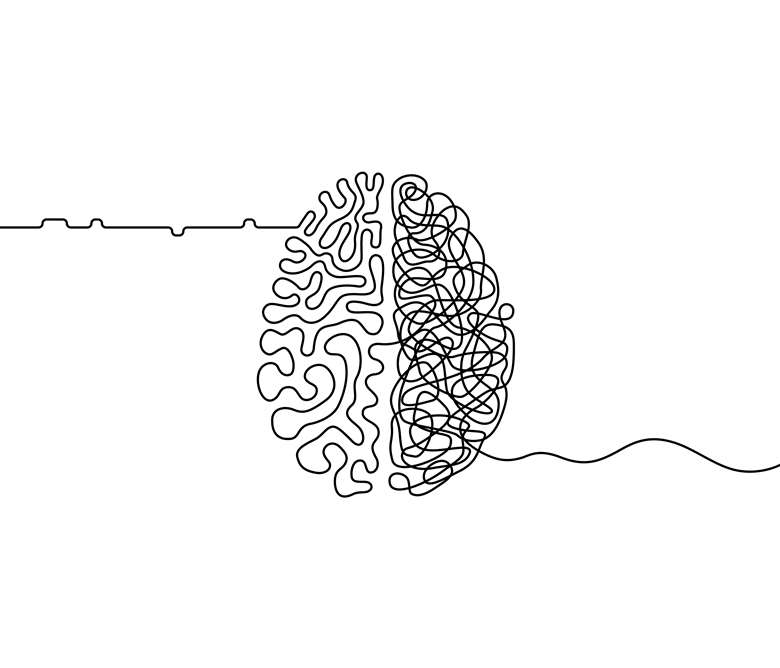'Brain magic': Improving singing through motor memory
Nicola Harrison
Tuesday, September 27, 2022
The Embodima protocol created by singer, coach and lecturer, Nicola Harrison, uses a combination of images and gestures to create lasting 'motor memory', coordinating the muscles needed to produce the right sound


Register now to continue reading
Don’t miss out on our dedicated coverage of the classical music world. Register today to enjoy the following benefits:
- Unlimited access to news pages
- Free weekly email newsletter
- Free access to two subscriber-only articles per month